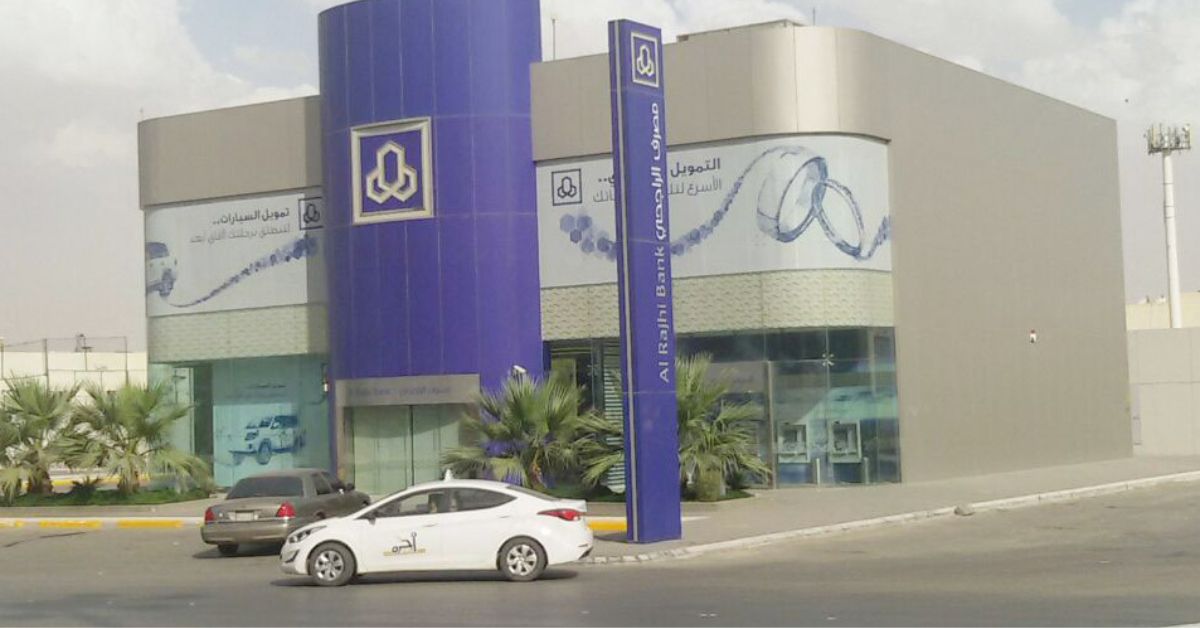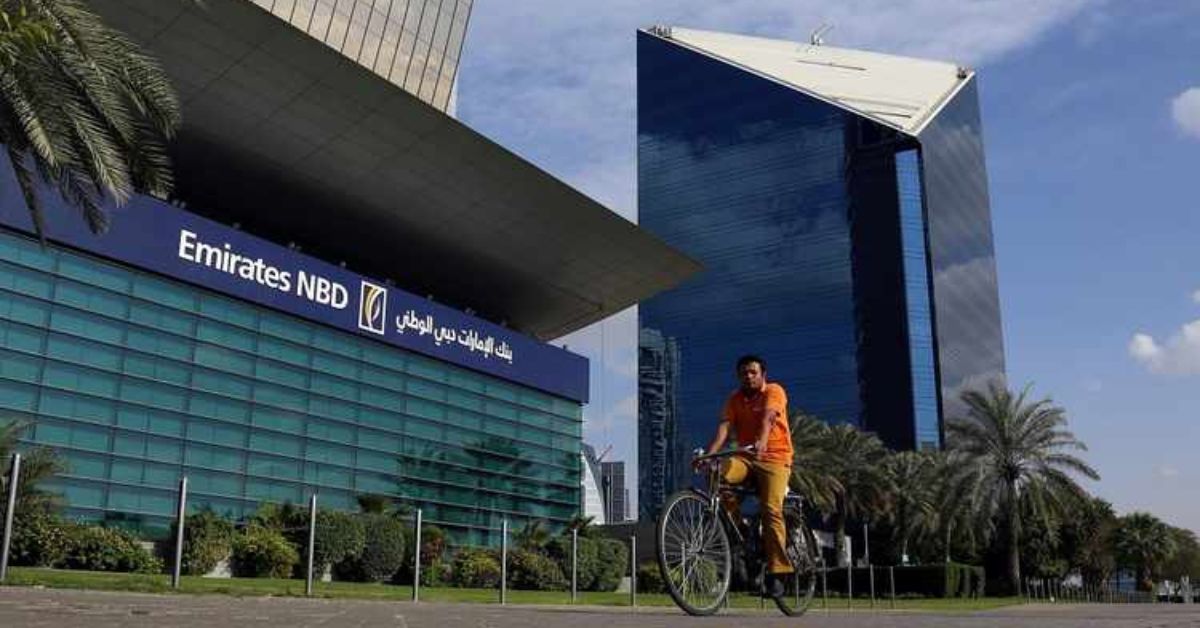KUWAIT CITY — The GCC banking sector experienced the initial impact of higher lending rates during Q3-2023, as credit facilities reported by listed banks in three out of six countries in the region declined compared to Q2-2023.
Nonetheless, aggregate lending at the GCC level exhibited a growth of 1.5 percent, supported by resilient lending growth in Saudi Arabia and the UAE, while listed banks in Qatar showed marginal growth.
This growth was primarily driven by a robust projects market pipeline and government efforts to mitigate the impact of higher interest rates.
According to a new report from Kamco Invest, aggregate gross loans for GCC-listed banks reached a new record high of US$1.95 trillion at the end of Q3-2023. The quarter-over-quarter growth stood at 1.5 percent, or US$28.9 billion.
Similarly, aggregate net loans showed a slightly higher growth of 1.6 percent during the quarter, reaching US$1.85 trillion. The year-over-year growth was a robust 6.8 percent for both net and gross loans.
At A Glance Resilience in Saudi Arabia and UAE: Strong lending growth in Saudi Arabia and the UAE, along with marginal growth in Qatar, drove overall lending up. Growth Drivers: Robust project market pipeline and governmental efforts helped mitigate the impact of higher interest rates. Aggregate Gross Loans: GCC-listed banks hit a record high with aggregate gross loans reaching US$1.95 trillion at Q3-2023's end. Loan and Deposit Trends: Both net and gross loans grew year-over-year by 6.8%, while customer deposits also increased, leading to a slight rise in the loan-to-deposit ratio. Rising Net Income: Total net income of GCC banks rose for the third consecutive quarter, reaching US$13.8 billion in Q3-2023. Global Credit Risks: High-interest rates globally are squeezing borrowers, with an increased risk of defaults in the leveraged loan market. Economic Indicators: Despite global challenges, GCC banks continue to grow credit facilities, supported by strong economic indicators and consumer confidence. Projects Data: Year-to-date project awards in the GCC as of October 2023 reached the highest level in eight years at US$150.9 billion. Manufacturing Sector's Strength: PMI figures in key GCC countries remained above the growth threshold, indicating strong manufacturing activity. Saudi Central Bank Data: Continual lending growth in Saudi Arabia for the 19th consecutive quarter, with a 2.93% quarter-over-quarter increase. Mixed Growth Across GCC: While most GCC areas saw modest growth, Bahrain experienced a lending decline. UAE Credit Sentiment Survey: Indicates stronger loan growth and a greater willingness to extend credit, especially in real estate. Net Interest Income Growth: Recorded significant growth in most GCC markets, hitting a record high in Q3-2023 despite higher cost of funds. Quarter-over-Quarter Trends: Majority of GCC banks showed positive growth in net interest income, with Qatari banks leading.
On the liquidity front, customer deposits increased at a similar pace of 1.5 percent quarter-over-quarter, reaching US$2.34 trillion after a decline in customer deposits in Qatar, Bahrain, and Oman was more than offset by higher deposits in the rest of the markets. The net impact of almost equivalent growth in lending and deposits was a slight increase in the aggregate loan-to-deposit ratio, which reached 79.1 percent at the end of Q3-2023.
Meanwhile, total net income rose for the third consecutive quarter, reaching US$13.8 billion in Q3-2023, registering a quarter-over-quarter increase of 1.3 percent supported by both higher net interest income and non-interest income. Higher interest rates boosted net interest income during the quarter, further aided by a decline in loan loss provisions from US$2.7 billion in Q2-2023 to US$2.3 billion in Q3-2023. However, a 14 percent quarter-over-quarter increase in operating costs during Q3-2023 partially offset the overall growth.
On the other hand, reports from most global economies have indicated borrowers are getting squeezed due to the high-interest-rate environment, with central bank policy rates at their highest levels in more than two decades.
According to the IMF, credit risk has increased as individual and business borrowers face higher debt service costs, resulting in a higher risk of defaults. This has particularly affected the leveraged loan market, with higher reported defaults. The situation may worsen in the coming years, as around US$5.5 trillion worth of corporate debt is due in 2024.
Despite higher interest rates, data from GCC central banks show that credit facilities offered by banks in the region continued to grow during Q3-2023, except for Bahrain, which showed a marginal decline compared to Q2-2023. This reflects resilient economic indicators, such as a strong project pipeline in the region, while consumer confidence remained robust.
Data from MEED Projects indicate that year-to-date project awards in the GCC, as of October 2023, reached the highest level in eight years at US$150.9 billion.
Additionally, manufacturing activity data from Bloomberg (Markit Whole Economy Surveys) demonstrated that Purchasing Managers’ Index (PMI) figures remained strong during the quarter, staying above the growth threshold of 50 for Dubai, Qatar, Saudi Arabia, and the UAE at the end of Q3-2023.
The manufacturing activity in Saudi Arabia continued to be robust, with the PMI at 57.2 points in September 2023 and accelerating to 58.4 points in October 2023. The UAE also reported strong PMI figures of 56.7 points in September 2023, followed by 57.7 points in October 2023. Qatar, however, experienced a sharp slowdown in growth during October 2023, with its PMI dropping to 50.8 points, compared to 53.7 points in September 2023.
Data from the Saudi central bank revealed that lending growth continued for the 19th consecutive quarter in Q3-2023. Aggregate bank credit grew by 2.93 percent quarter-over-quarter during Q3-2023, marking the fastest pace of growth in the GCC, reaching SAR 2.5 trillion. This growth was backed by broad-based expansion in almost all sectors of the economy.
In other areas of the GCC, growth remained modest, at less than 1 percent, while in Bahrain, lending declined by 0.3 percent during Q3-2023.
The credit sentiment survey in the UAE indicated stronger loan growth and an increased willingness of financial institutions to extend credit, supported by a positive economic outlook and a robust real estate market.
The survey highlighted strong lending across all loan categories, primarily led by large firms, locals, Government-Related Entities (GREs), and Small and Medium-sized Enterprises (SMEs). In terms of sectors, the manufacturing sector, along with retail and wholesale trade sectors, construction, and property development, experienced significant growth.

Net interest income has seen strong growth in most markets. Aggregate net interest income reported by banks listed in the GCC grew for the second consecutive quarter, reaching a record high in Q3-2023. Total net interest income climbed to US$21.1 billion in Q3-2023, up from US$20 billion in Q2-2023, marking a growth of 5.6 percent. This increase in Q3-2023 occurred despite the cost of funds reaching one of the highest levels on record at 3.7 percent, compared to 3.2 percent in Q2-2023.
Year-over-year, the growth in net interest income was substantial at 13.2 percent, reflecting the increasing impact of consecutive rate hikes implemented by banks in the GCC, following rate hikes in the US.
The quarter-over-quarter trend in the GCC was largely positive, with only Omani banks experiencing a decline during the quarter, while the rest of the GCC aggregates showed growth.
Qatari banks recorded the largest quarter-over-quarter increase in net interest income during Q3-2023 at 10.8 percent, reaching US$3.5 billion, followed by Kuwaiti and UAE listed banks with growth of 6.9 percent and 5.5 percent, respectively.
Saudi banks also saw a growth of 3.8 percent, reaching net interest income of US$7 billion, in line with the aggregate for UAE-listed banks.








